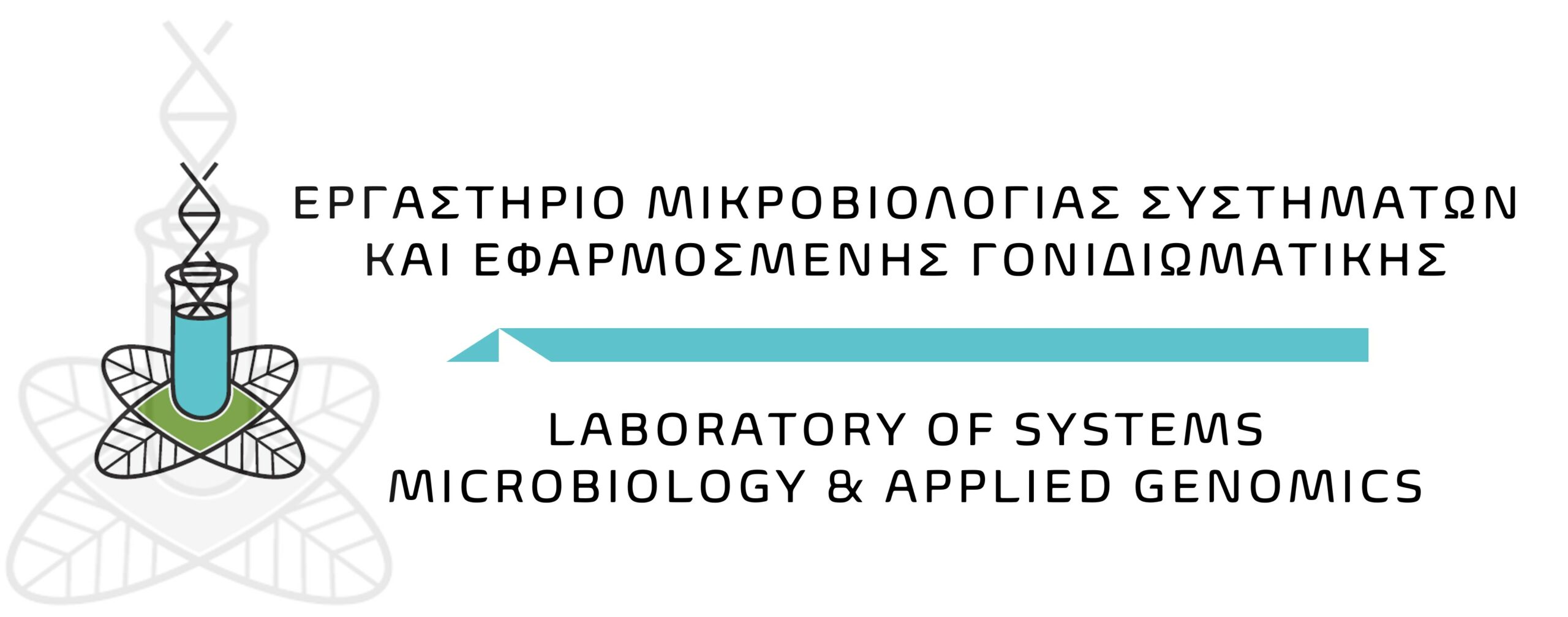Background
Profiling of wild and laboratory tsetse populations using 16S rRNA gene amplicon sequencing allowed us to examine whether the “Wigglesworthia–Sodalis–Wolbachia dogma” operates across species and populations. The most abundant taxa, in wild and laboratory populations, were Wigglesworthia (the primary endosymbiont), Sodalis and Wolbachia as previously characterized. The species richness of the microbiota was greater in wild than laboratory populations. Spiroplasma was identified as a new symbiont exclusively in Glossina fuscipes fuscipes and G. tachinoides, members of the palpalis sub-group, and the infection prevalence in several laboratory and natural populations was surveyed. Multi locus sequencing typing (MLST) analysis identified two strains of tsetse-associated Spiroplasma, present in G. f. fuscipes and G. tachinoides. Spiroplasma density in G. f. fuscipes larva guts was significantly higher than in guts from teneral and 15-day old male and female adults. In gonads of teneral and 15-day old insects, Spiroplasma density was higher in testes than ovaries, and was significantly higher density in live versus prematurely deceased females indicating a potentially mutualistic association. Higher Spiroplasma density in testes than in ovaries was also detected by fluorescent in situ hybridization in G. f. fuscipes.
